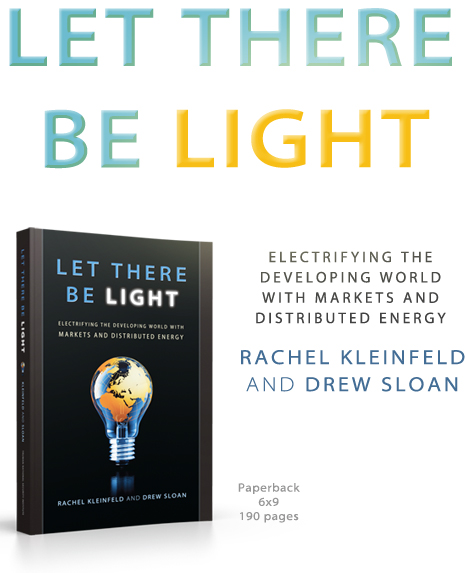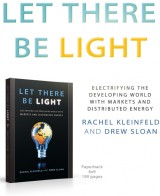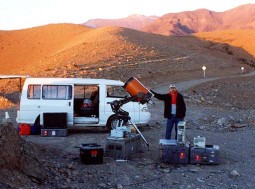The Tuesday, Sept. 17, show offers two features:
Feature #1 (start time TK): Once hadrazine, now green. Ball Aerospace’s Chris McLean, the Program Manager for the Green Propellent Fusion Mission, talks with co-host Jim Pullen about testing a much safer spacecraft fuel.
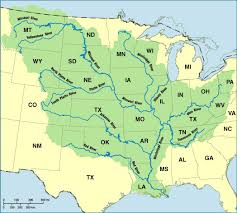
Courtesy U.S. EPA
Feature #2 (start time TK): The 100-year flood ravaging Colorado has shown us painfully clearly the power of water. We’re seeing how surging rainfall and overflowing streams can destroy homes, roads, indeed whole communities in their path. But what’s less visible is how extreme weather events like this one in the nation’s interior affect oceans in powerful ways. Our watersheds east of the Continental Divide carry water, and tons of nutrients, into the Mississippi River Basin. Rainfall, storm water, and fertilizer runoff from croplands and backyard lawns contribute to the humongous Dead Zone in the Gulf of Mexico. To discuss our inland connection to oceans Dr. David Guggenheim, a marine scientist and founder of the nonprofit Ocean Doctor, talks with co-host Susan Moran. Vicki Goldstein, founder of Colorado Ocean Coalition, also discusses the inland ocean movement, including the second annual Making Waves event this coming weekend.
Hosts: Susan Moran, Jim Pullen
Producers: Jim Pullen
Engineer: Jim Pullen
Executive Producer: Susan Moran
Listen to the show:



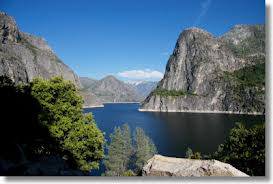
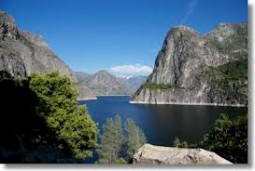
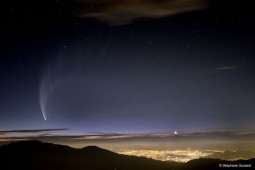 humans for millenia. Aristotle argued comets were hot, dry exhalations gathered in the atmosphere and occasionally burst into flame. Some people thought that comets replenished Earth’s air. Still others believed they were a source of disease. Scientists today study comets because some are thought to be relatively pristine leftover debris from the formation of the solar system. And studying what comets are made of can provide us a glimpse back to the beginning of the solar system 4 billion years ago.
humans for millenia. Aristotle argued comets were hot, dry exhalations gathered in the atmosphere and occasionally burst into flame. Some people thought that comets replenished Earth’s air. Still others believed they were a source of disease. Scientists today study comets because some are thought to be relatively pristine leftover debris from the formation of the solar system. And studying what comets are made of can provide us a glimpse back to the beginning of the solar system 4 billion years ago. 
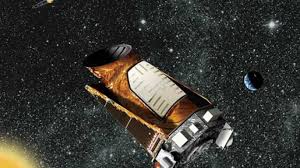
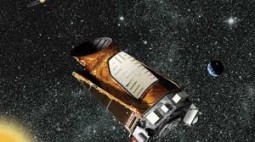


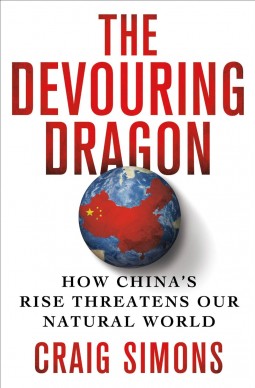 Feature #1 – China’s Environmental Impact (start time 4:46): China’s meteoric economic rise is causing harmful side effects, ranging from choking air pollution domestically to threatened forests, wildlife and air quality around the globe. Of course China’s per capita greenhouse gas emissions still pale in comparison to those in the United States, and roughly one-third of China’s CO2 emissions are generated to manufacture goods that are exported to the U.S. and other nations. Craig Simons, a former journalist and author of a recently published book,
Feature #1 – China’s Environmental Impact (start time 4:46): China’s meteoric economic rise is causing harmful side effects, ranging from choking air pollution domestically to threatened forests, wildlife and air quality around the globe. Of course China’s per capita greenhouse gas emissions still pale in comparison to those in the United States, and roughly one-third of China’s CO2 emissions are generated to manufacture goods that are exported to the U.S. and other nations. Craig Simons, a former journalist and author of a recently published book,  Feature #2 – 100 Year Starship (start time 15:35): Science and exploration tend to be long-term commitments. That’s well-known by fans of the “Hitchhiker’s Guide to The Galaxy” series, where the computer Deep Thought did calculations for 7.5 million years to find the answer to The Ultimate Question of Life, the Universe, and everything. However, projects on our world tend to be limited by shorter-term political and funding cycles. So it is hard enough to consider projects that require thinking a decade into the future, beyond many political lifetimes. What about projects that require thinking a century or more into the future, many generations from now? Well, that is exactly what one group of space exploration advocates is working toward. The project is called the
Feature #2 – 100 Year Starship (start time 15:35): Science and exploration tend to be long-term commitments. That’s well-known by fans of the “Hitchhiker’s Guide to The Galaxy” series, where the computer Deep Thought did calculations for 7.5 million years to find the answer to The Ultimate Question of Life, the Universe, and everything. However, projects on our world tend to be limited by shorter-term political and funding cycles. So it is hard enough to consider projects that require thinking a decade into the future, beyond many political lifetimes. What about projects that require thinking a century or more into the future, many generations from now? Well, that is exactly what one group of space exploration advocates is working toward. The project is called the 

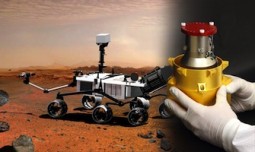
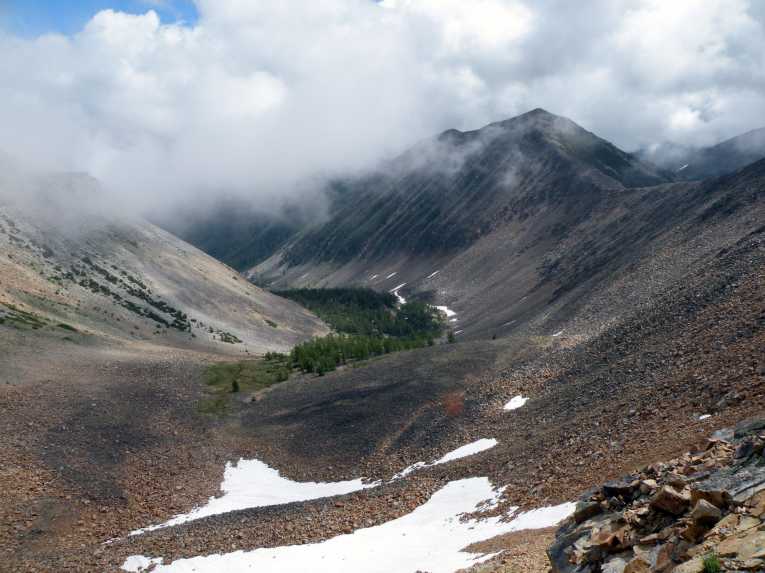


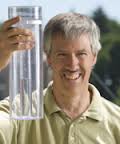

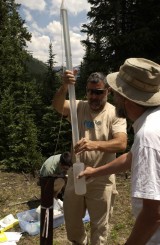

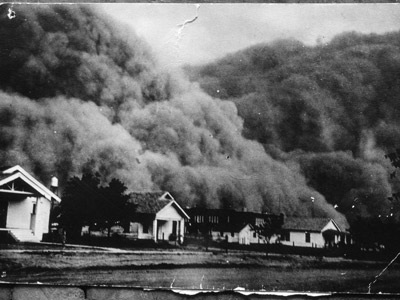

 Feature #2: Zero Population (start time 15:58)
Feature #2: Zero Population (start time 15:58) 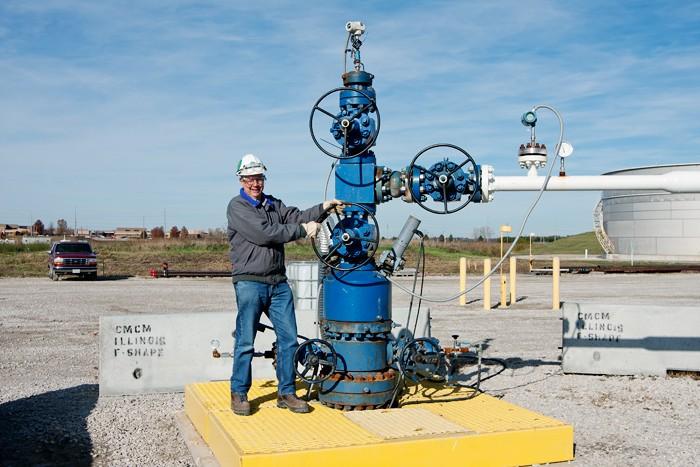

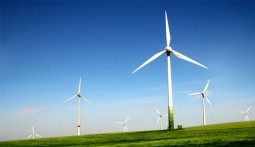 Colorado Clean-tech Industry (Start time 16:14): It’s not news that we are in an economic downturn. Nor is it news that the world is facing monumental environmental problems. How about a way to kill two birds with one stone? Co-host Tom McKinnon discusses how with Wayne Greenberg, director of the Fellows Institute, which is sponsored by the
Colorado Clean-tech Industry (Start time 16:14): It’s not news that we are in an economic downturn. Nor is it news that the world is facing monumental environmental problems. How about a way to kill two birds with one stone? Co-host Tom McKinnon discusses how with Wayne Greenberg, director of the Fellows Institute, which is sponsored by the 